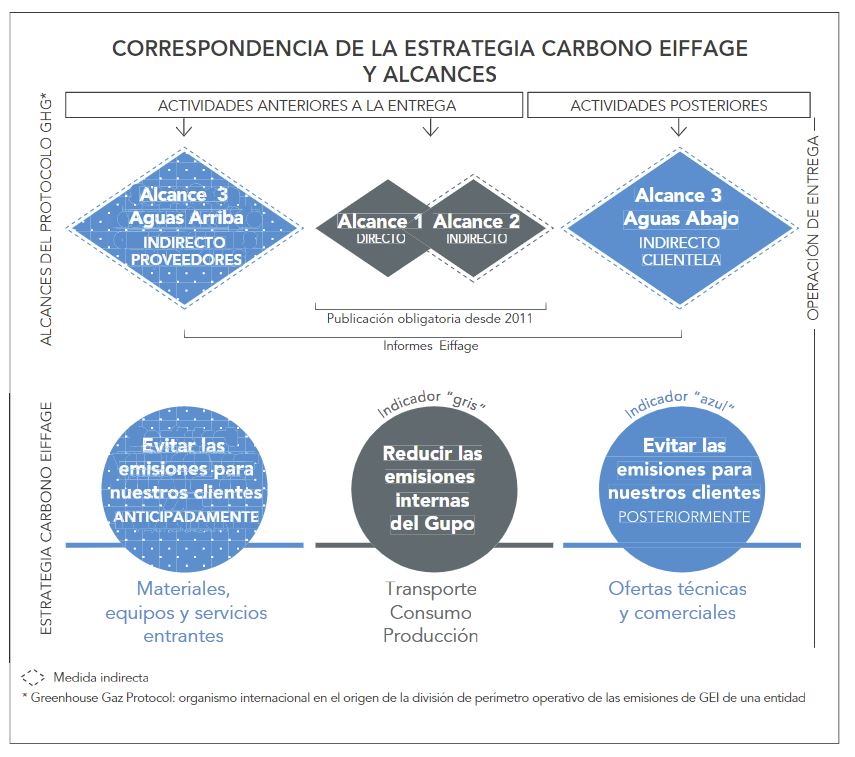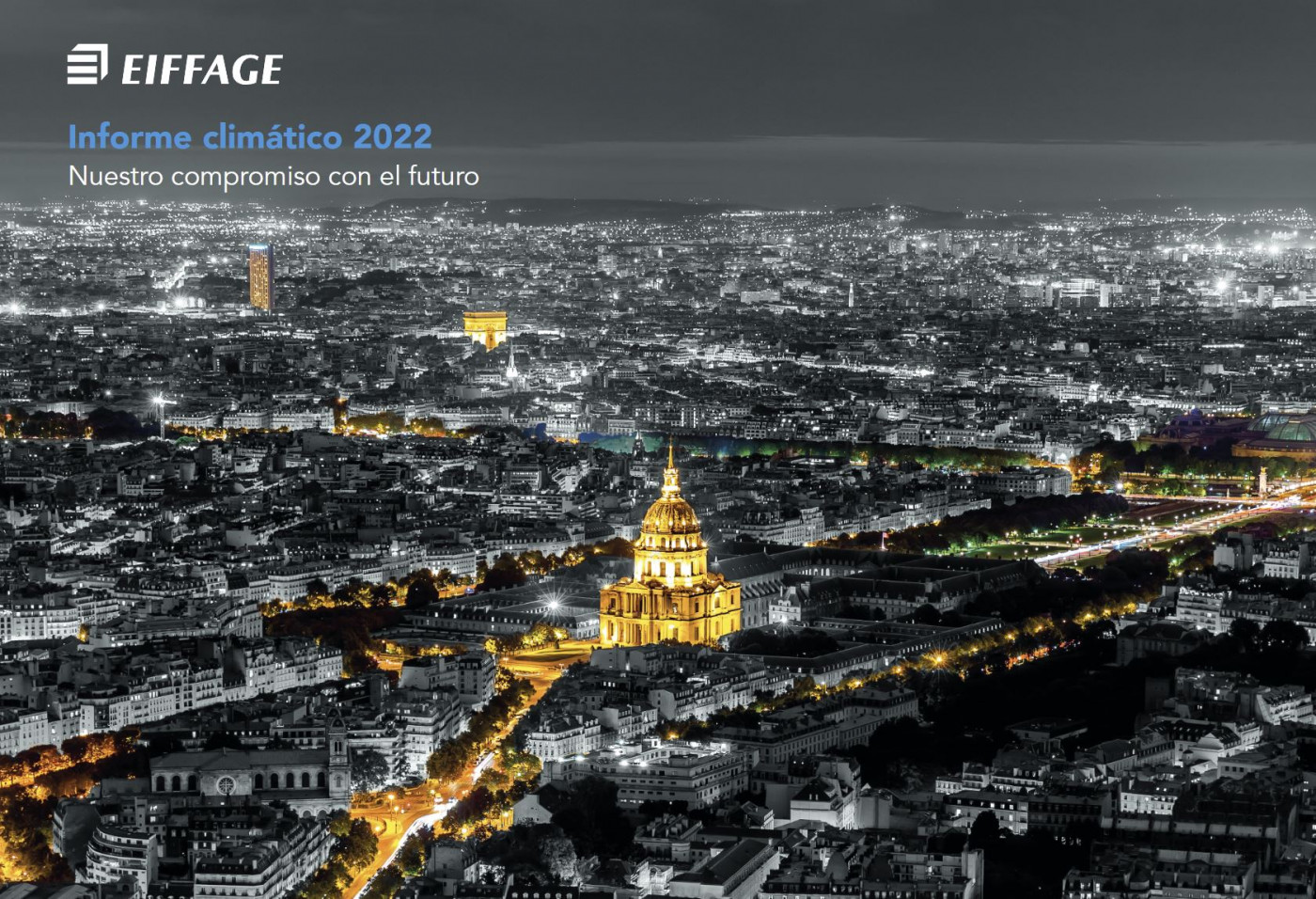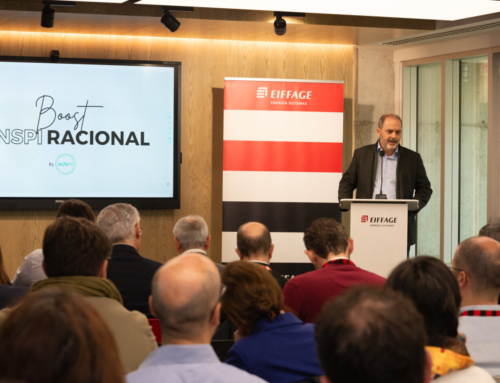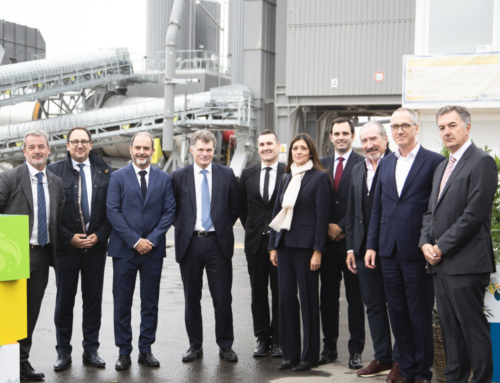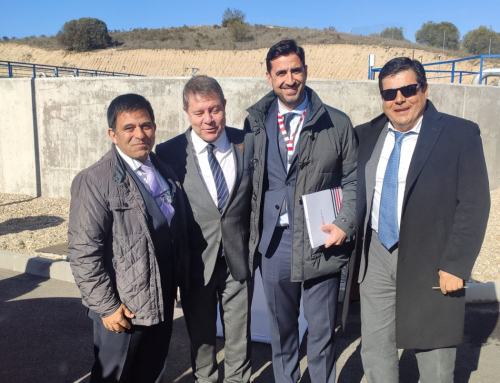2022 Climate Report. “A decade is about the time we have left to make a significant impact on the greenhouse gas emissions curve and try to limit global warming to 1.5 °C to help save the planet”.
These are the words of the Chairman and CEO of the Eiffage Group, Benoît de Ruffray, in the Group’s 2022 Climate Report.
We are fully committed to the energy transition: the ecological transition of our activities; transition from immediate profit to sustainable value creation; while supporting human development and the preservation of living beings.
Action plans
Specifically, this means action plans in all of our areas; resources in terms of technical and economic expertise; and quantified performance indicators. Plans that are governed by the following commitments:
- A clear choice of the 1.5 °C climate change trajectory for all our areas, with no exceptions.
- Set ambitious, demanding yet necessary targets for 2030 with a milestone in 2025, and carbon neutrality by 2050.
The carbon strategy influences the company’s business model in the short, medium and long term. To this end, it has become an important focus of the Group’s governance: It goes right to the heart of the support functions and is split up into action plans with operational staff throughout the company.
The Sustainable Development and Cross-Group Innovation Department, which reports directly to the Chairman and CEO of the Eiffage Group, acts as the hub of the relationship between general management and support and operational functions on carbon and climate issues. It is also responsible for supporting collaborative innovation in favour of low-carbon operational solutions emanating from the Group and stakeholders, such as suppliers, in close partnership with the Procurement Department.
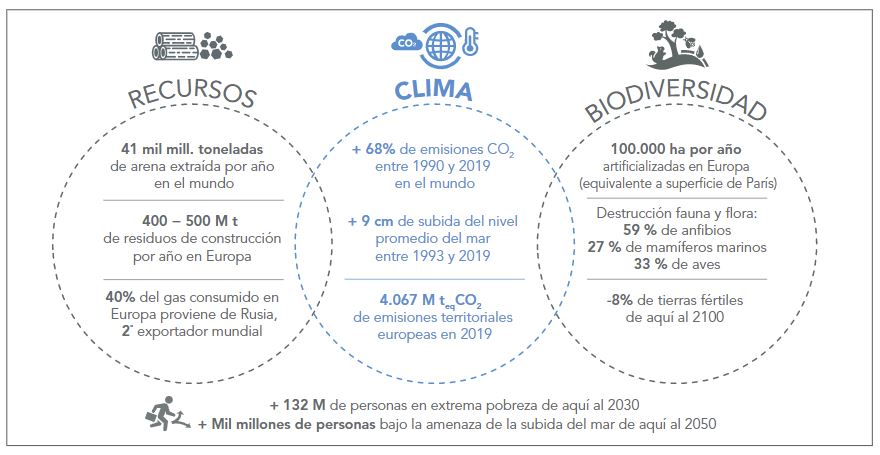
Greenhouse gas emissions
The main international standards and methods define three categories of greenhouse gas emissions:
–Direct greenhouse gas emissions (or scope 1): from fixed or mobile installations located within the organizational perimeter and controlled by the organization. Examples: combustion from fixed and mobile sources, consumption of industrial substations, refrigerants, biomass, etc.
–Indirect energy emissions (or scope 2): indirect emissions associated with the production of electricity, heat or steam imported for the organization’s activities.
–Other indirect emissions (or scope 3): all emissions produced indirectly by the organization’s activities, not accounted for in scope 2 and linked to the entire value chain. Therefore, Scope 3 can be either “Upstream” (all emissions that stop upon delivery of the building, equipment or infrastructure) or “Downstream” (all emissions related to the use, care, maintenance and end-of-life of the building, equipment or infrastructure) of the activities.
Examples: purchases of raw materials; services or other products; employee travel; prior and subsequent transportation of goods; waste management due to the organization’s activities; use and end of life of sold products and services; property, plant and production equipment, etc.
